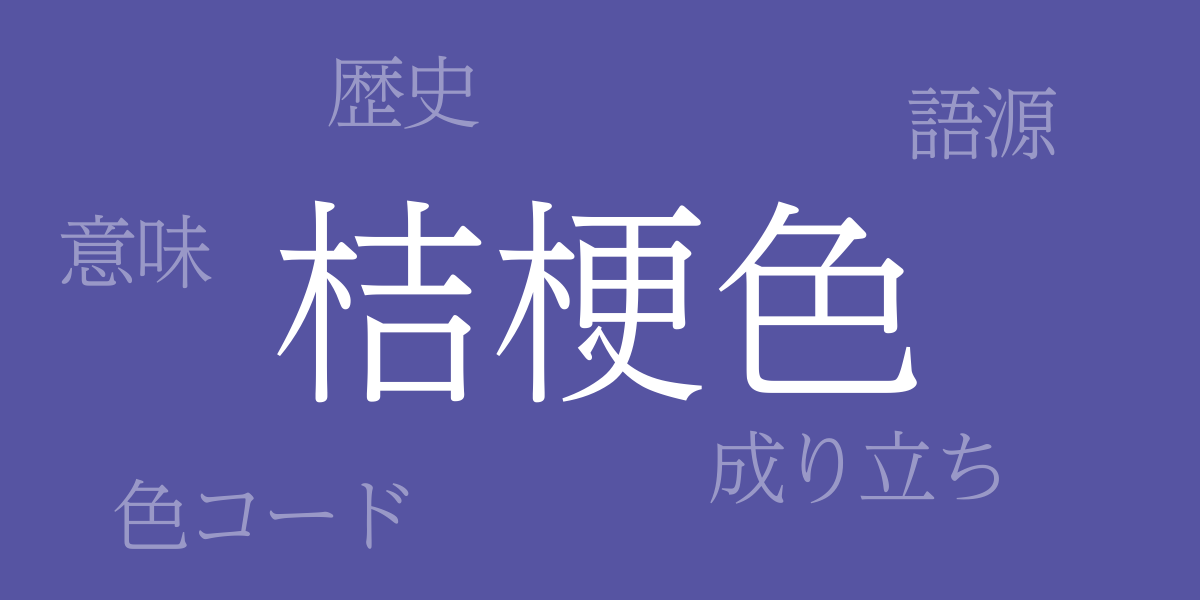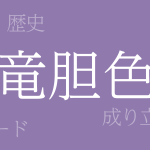Colors are like mirrors reflecting emotions and culture, and Japan’s traditional colors, with their subtlety and deep meanings, captivate people worldwide. Among them, “Bellflower Blue (桔梗色 – ききょういろ)” has long been cherished as a symbol of Japan’s nature and culture. This article delves into the allure of Bellflower Blue, exploring its history, color code, and Western name.
About Bellflower Blue (桔梗色 – ききょういろ)
Bellflower Blue (桔梗色 – ききょういろ) is a deep blue-purple, known for its cleanliness and noble atmosphere. Harmonizing with Japan’s seasonal landscapes, it is frequently used in traditional art such as kimonos and Japanese paintings. Bellflower Blue’s versatility makes it easily combinable with other colors, and its beauty is being reevaluated in contemporary fashion and design.
The History of Bellflower Blue
The history of Bellflower Blue dates back to ancient times, being used in Japanese dyeing as early as the Nara period. In the Heian period, it was popular among nobility for clothing, and its elegant shade appears in literary works such as “The Tale of Genji.” By the Edo period, the use of Bellflower Blue spread among the common people, and the name became entrenched in Japanese culture.
Color Code for Bellflower Blue
For digital design and web production, the following color codes can be used to replicate Bellflower Blue:
- HEX: #5654A2
- RGB: R:86 G:84 B:162
- CMYK: C:76 M:73 Y:8 K:0
Western Name for Bellflower Blue
In the West, Bellflower Blue is sometimes known as “Bellflower Blue.” This name is inspired by the European bellflower, which has a similar shade. It is also referred to as “Chinese Violet,” stemming from a similar hue found in Chinese porcelain. Both names reflect the exotic and noble image of Bellflower Blue.
Conclusion on Bellflower Blue
Bellflower Blue, with its beauty and historical significance, stands out as one of Japan’s most enchanting traditional colors. Beloved since ancient times and revalued in the modern era, it can be used in digital and print formats, thanks to its color codes, and its international understanding is enhanced through its Western names. As a symbol of Japanese culture, Bellflower Blue will continue to captivate many for years to come.

























